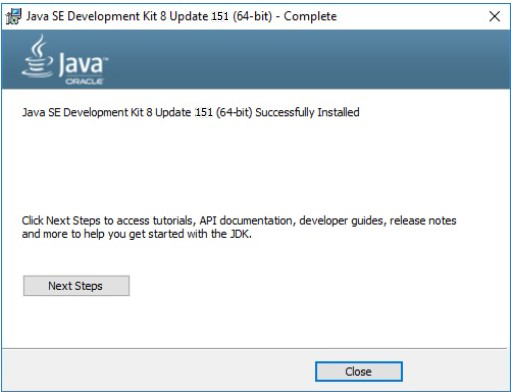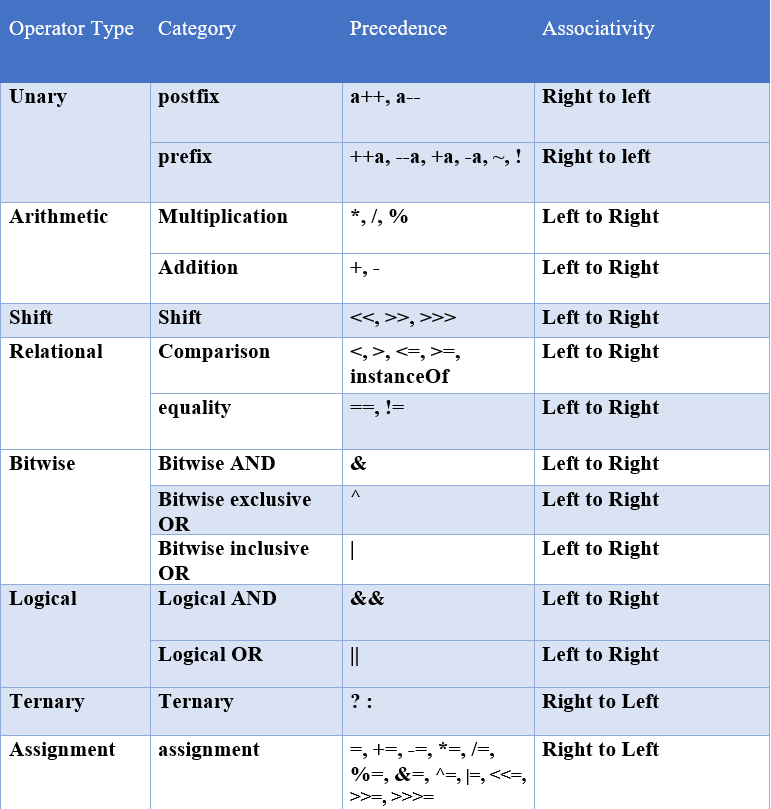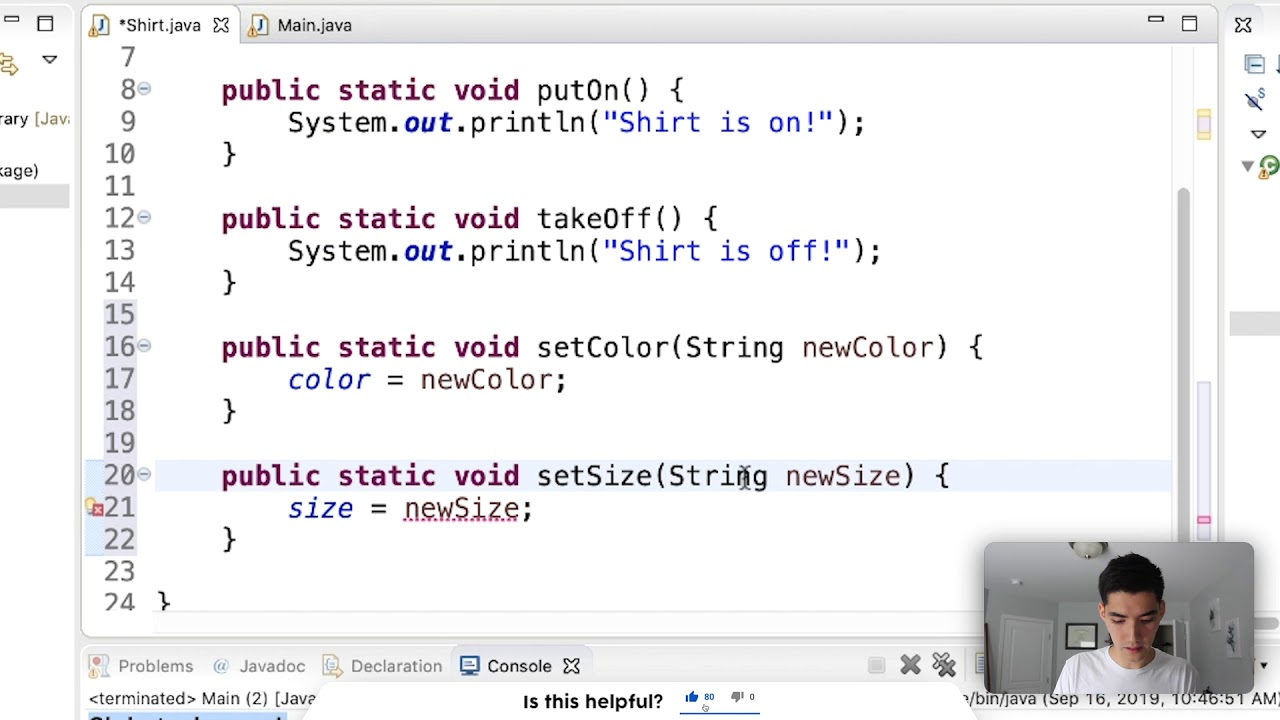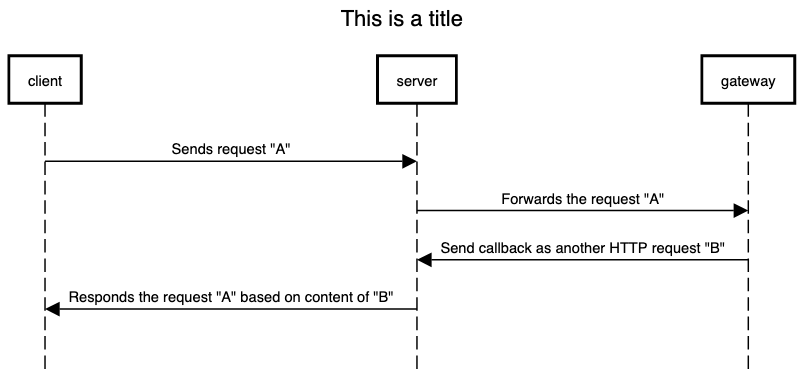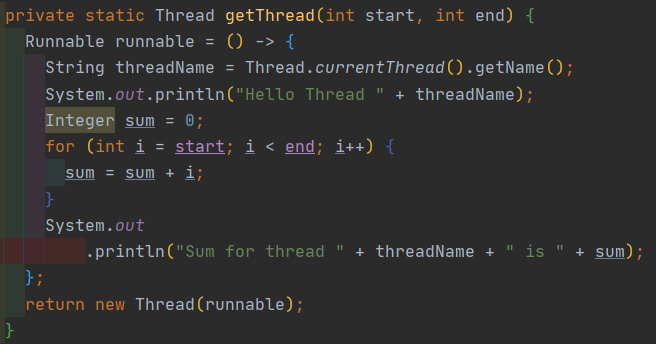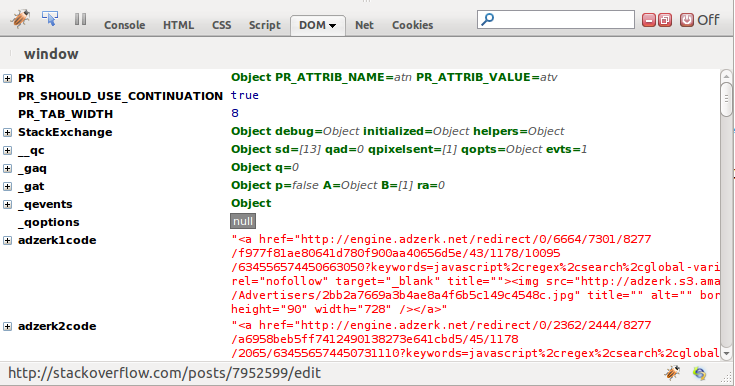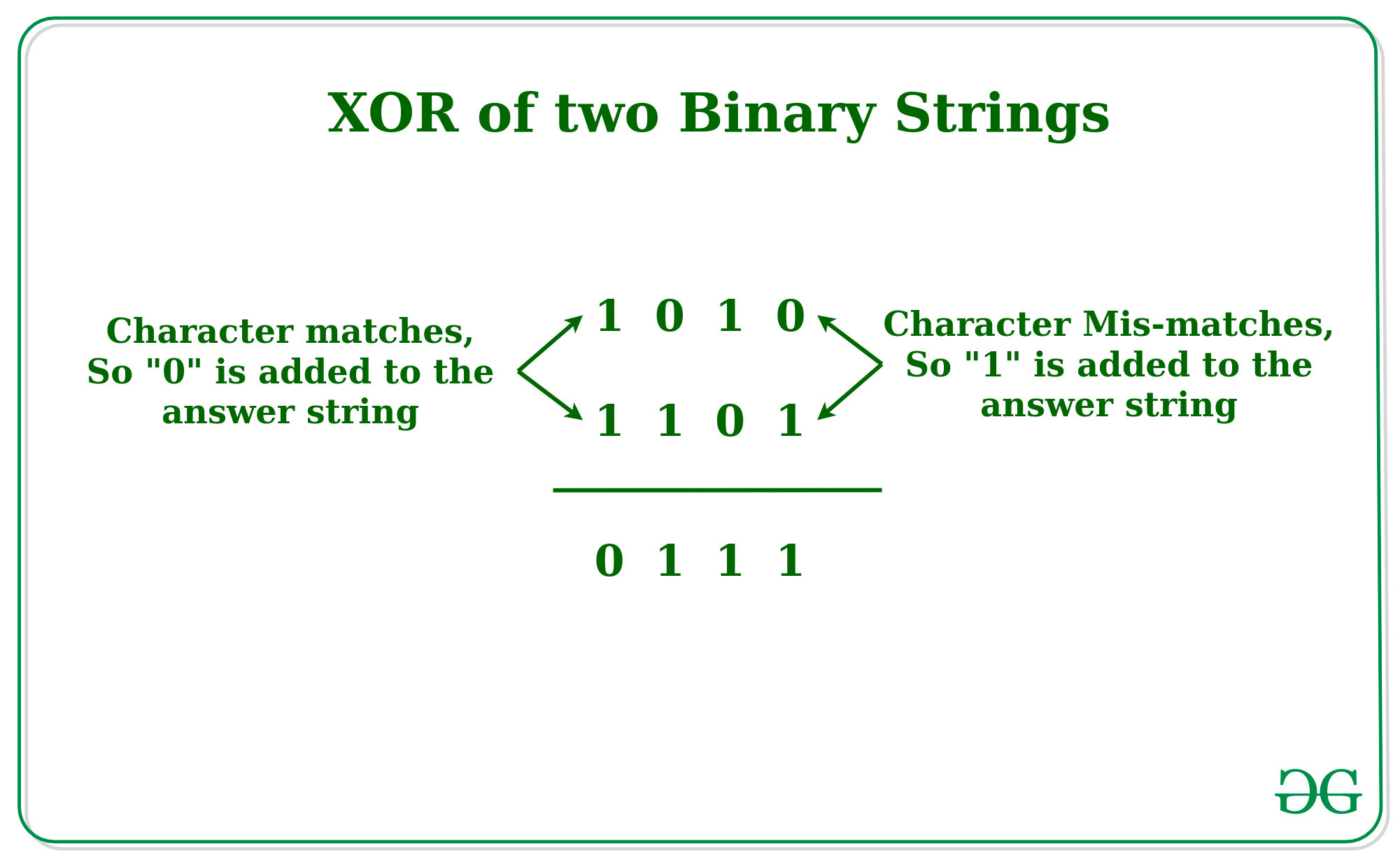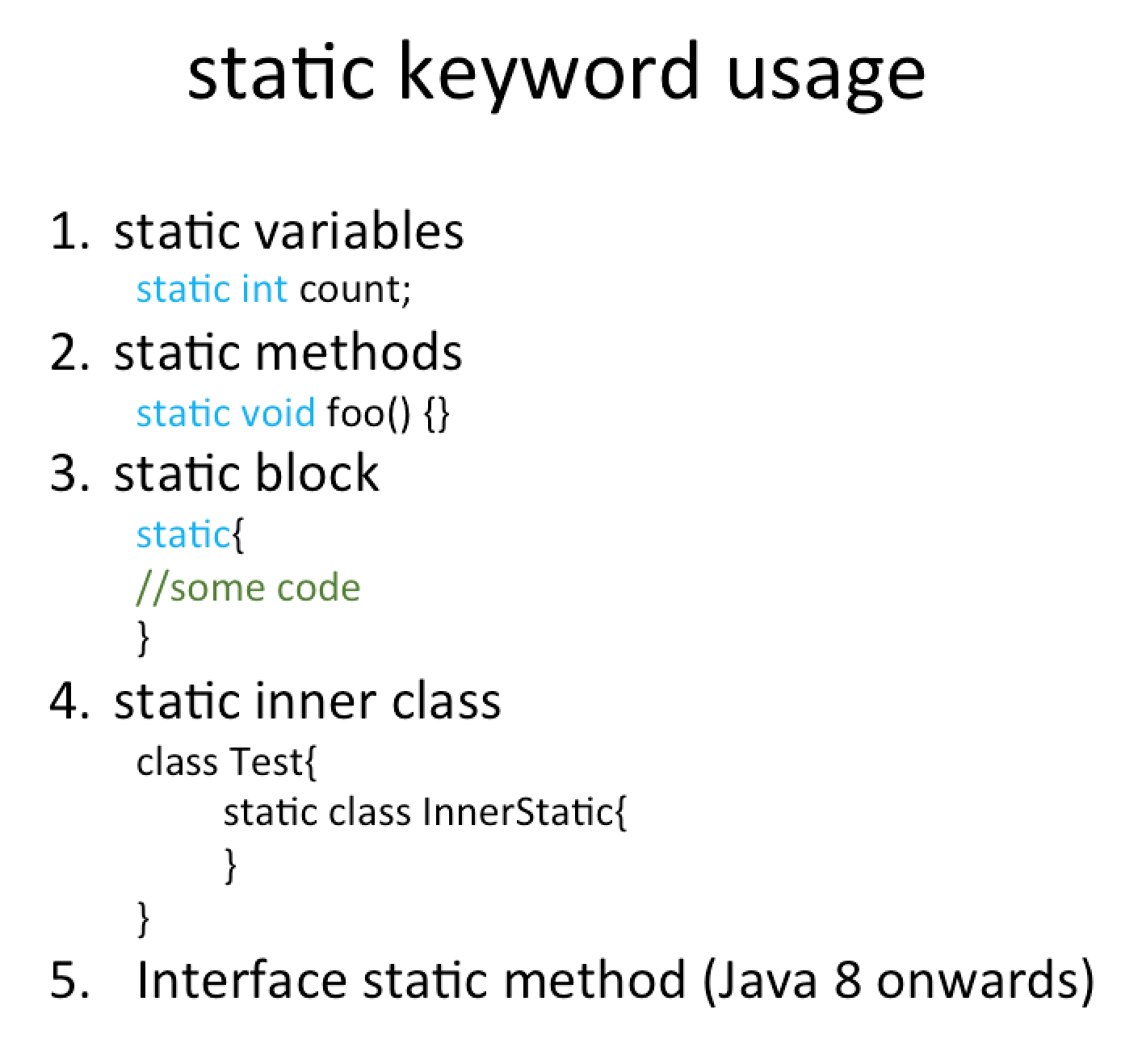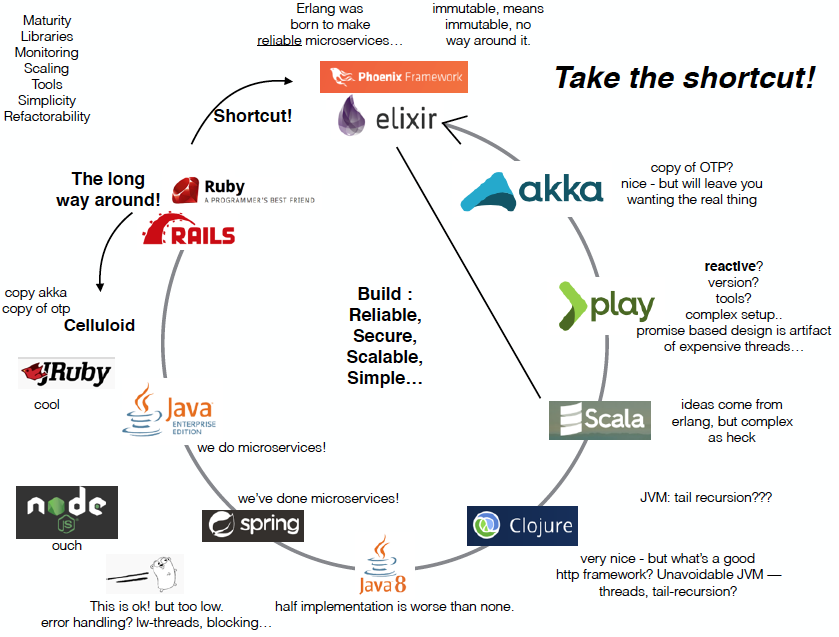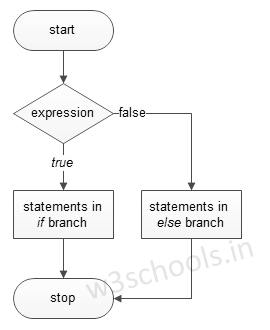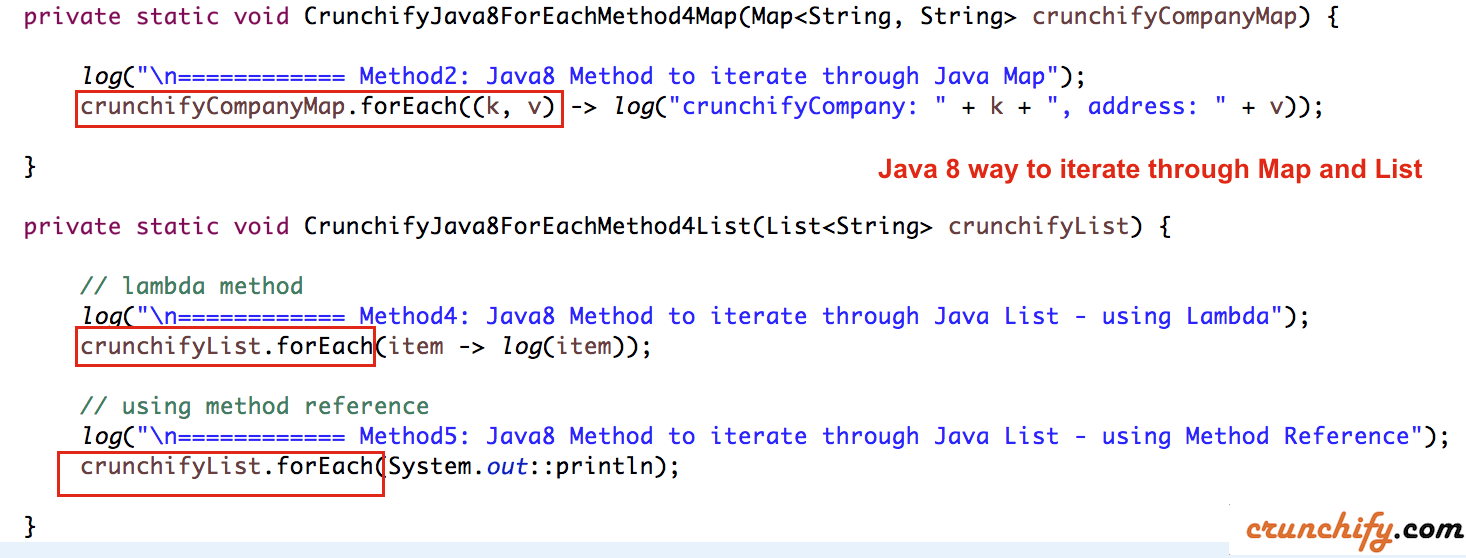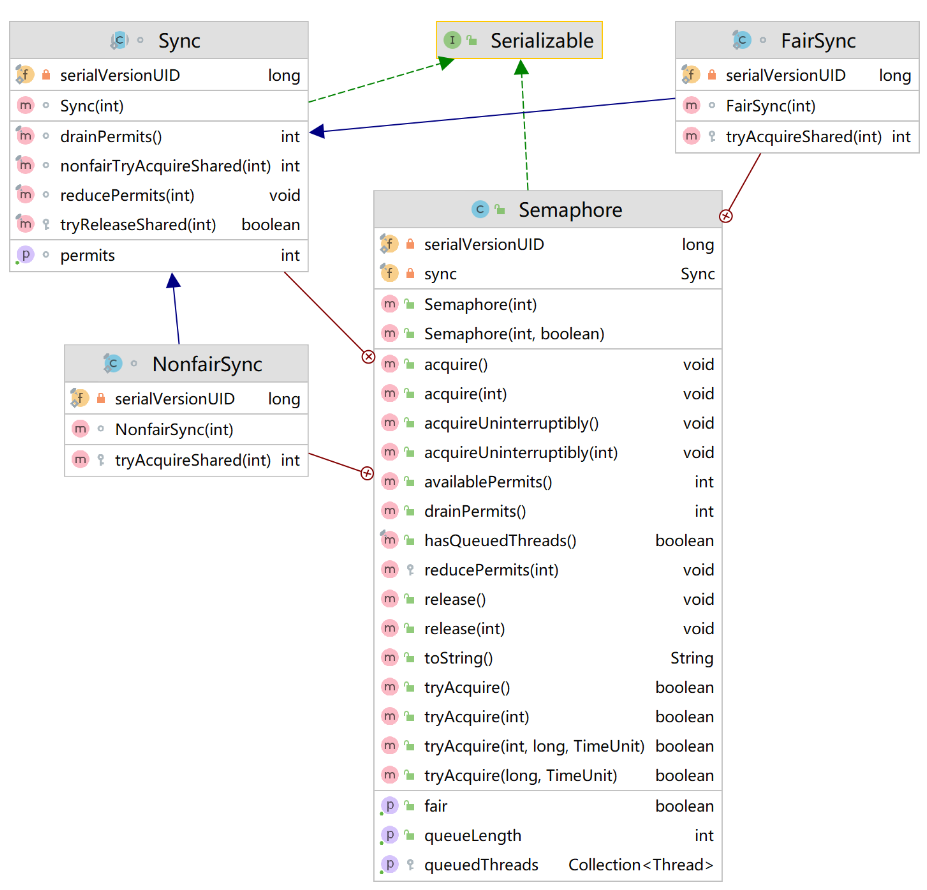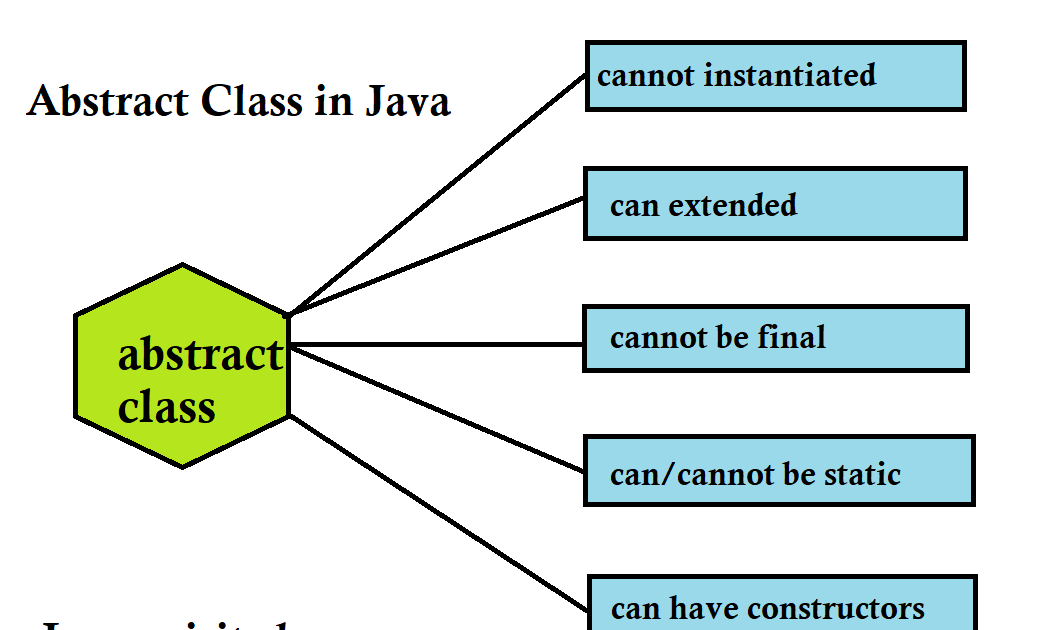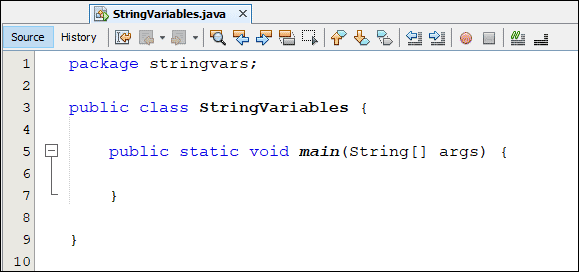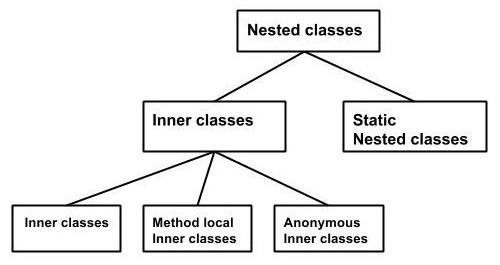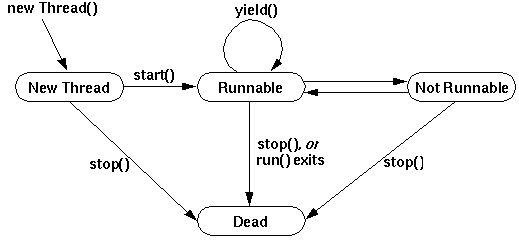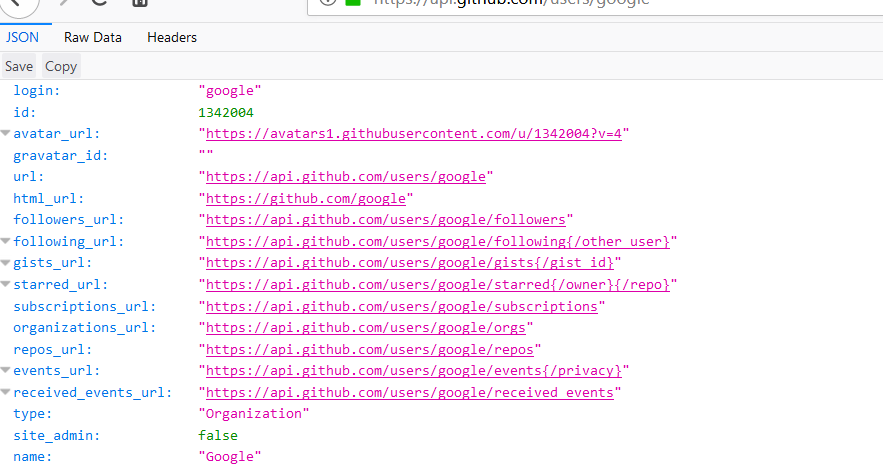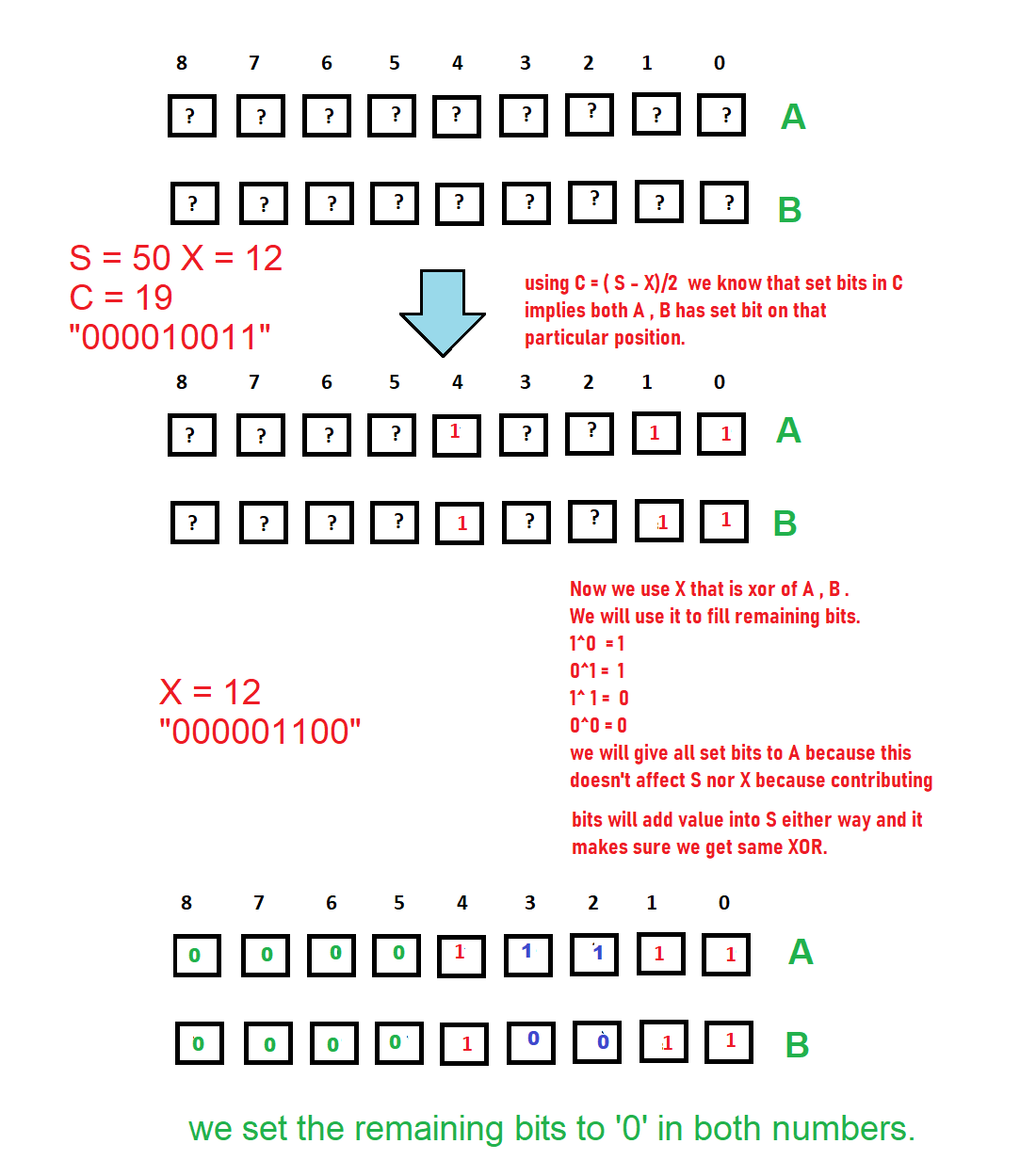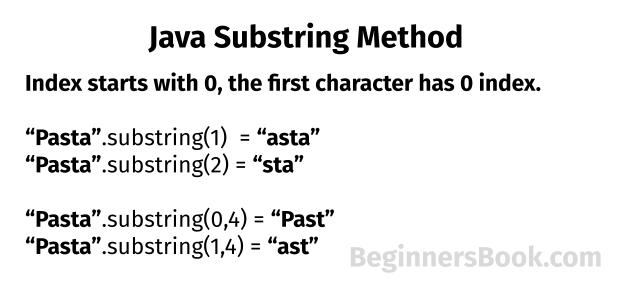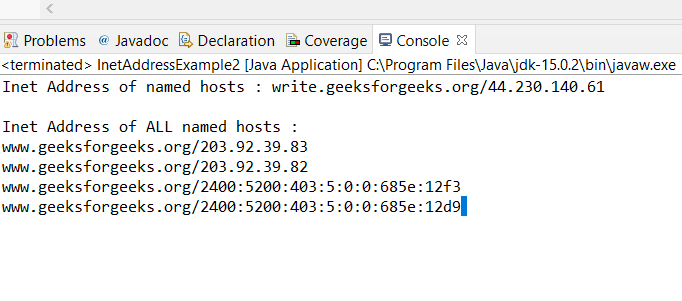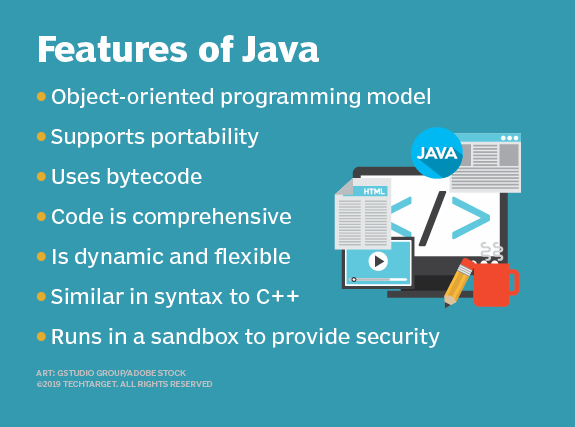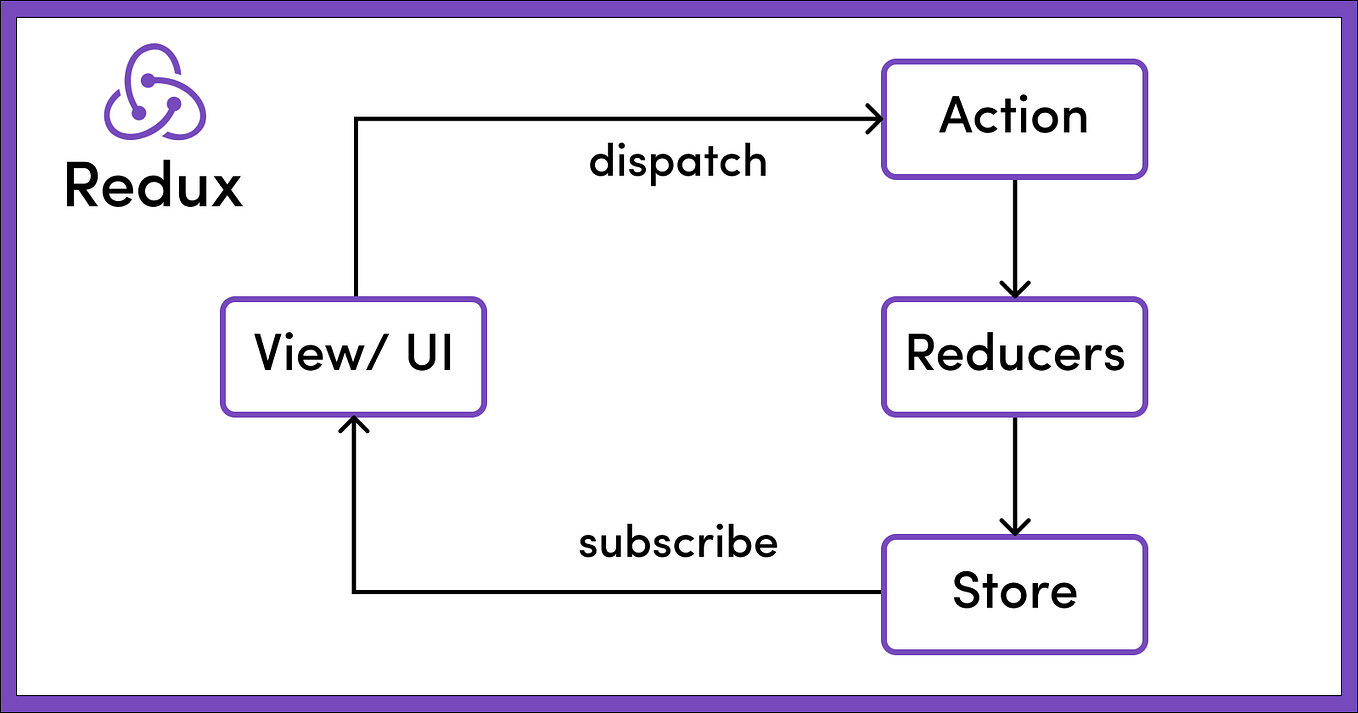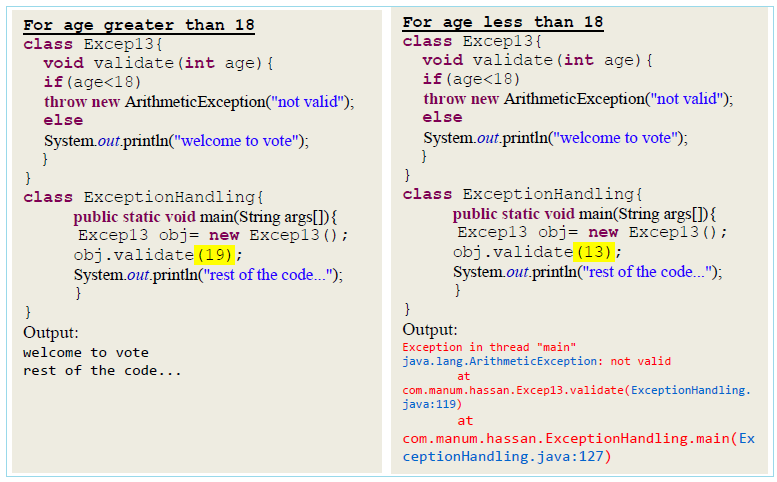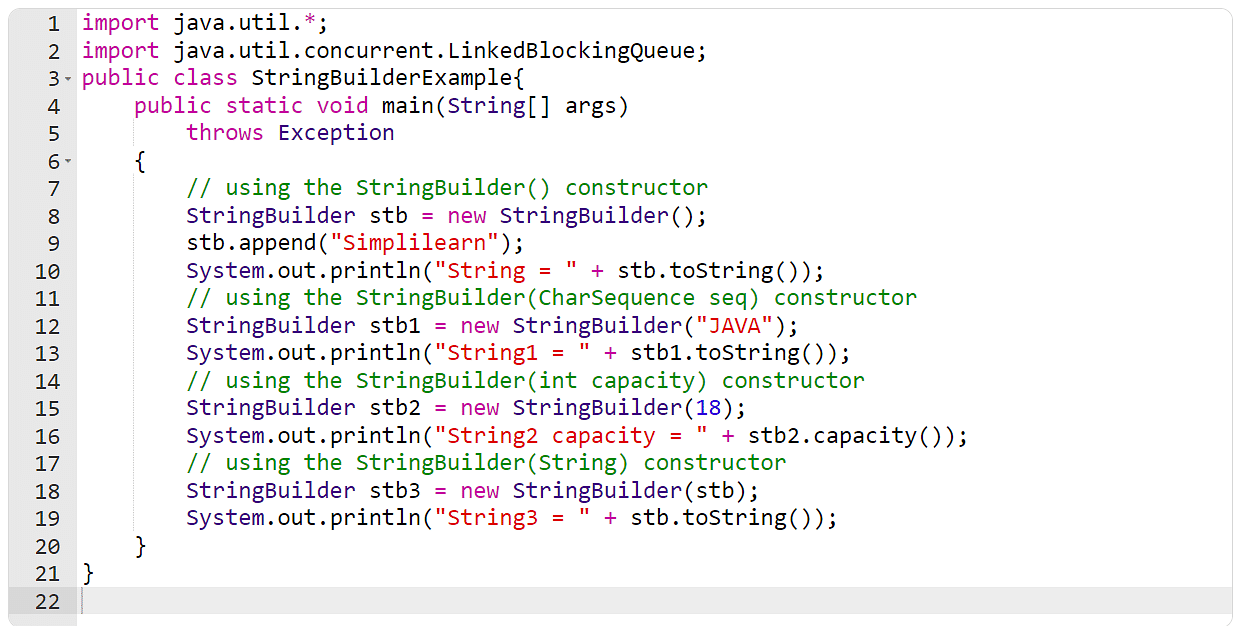How to handle concurrency in Java Spring Boot?
How to handle concurrency in Java Spring Boot?

Handling concurrency is crucial when developing a scalable and performant Java-based application using Spring Boot. Concurrency refers to the ability of an application to handle multiple requests simultaneously without compromising performance or reliability.
What causes concurrency issues?
In a Spring Boot application, concurrency issues can arise from:
Multi-threading: When multiple threads are created to handle requests concurrently. Long-running operations: When a request takes too long to complete, causing other requests to wait. Shared resources: When multiple threads access the same shared data or resources.Best Practices for Handling Concurrency in Spring Boot
To handle concurrency effectively, follow these best practices:
Use Thread-safe Libraries and Frameworks: Choose libraries and frameworks that are designed to be thread-safe, such as Java 8'sjava.util.concurrent package. Synchronize Access to Shared Resources: Use synchronization mechanisms like locks, semaphores, or monitors to control access to shared resources. Use Atomic Variables: When updating shared variables, use atomic operations (e.g., AtomicInteger) to ensure thread safety. Avoid Long-running Operations: Break down long-running operations into smaller, more manageable tasks that can be executed concurrently. Configure the Spring Boot Server: Set the server.max-threads property in your application's application.properties file to control the maximum number of threads. Use a Queue-based Approach: When processing requests, consider using queues (e.g., Apache Kafka or RabbitMQ) to handle concurrency and decouple request processing from the main thread. Monitor Concurrency: Use tools like Prometheus, Grafana, or Spring Boot's built-in metrics API to monitor concurrency levels and identify bottlenecks.
Spring Framework Features for Handling Concurrency
The Spring framework provides several features that can help with concurrency:
@Async: Allows you to execute asynchronous methods in a separate thread. Concurrency Utilities: Provides classes likeConcurrentHashMap and Semaphore for handling concurrent access to shared resources. Spring Data JPA: Supports concurrent access to database resources through its implementation of Java Persistence API (JPA) specification.
Best Concurrency Library for Spring Boot
When you need more advanced concurrency features, consider using the following libraries:
LMAX Disruptor: A high-performance, low-latency concurrency library designed specifically for Java. Akka: A popular Scala-based concurrency framework that can be used with Java and Spring Boot.By following these best practices and leveraging Spring Framework features, you can effectively handle concurrency in your Spring Boot application and ensure it scales well under heavy loads.
Java Concurrency package
I'm glad you asked about the Java Concurrency package! In fact, it's a great topic that can help you write more efficient and scalable code.
The java.util.concurrent package is part of the Java Standard Library and provides many classes and interfaces for concurrent programming. Here are some of the key features:
Executor: TheExecutor interface allows you to execute tasks asynchronously. You can think of it as a factory that creates threads or uses existing threads to execute tasks. ThreadPoolExecutor: This class implements the Executor interface and provides a pool of threads for executing tasks. It's useful when you have many tasks that need to be executed concurrently. Futures: The Future interface represents the result of an asynchronous computation. You can use it to get the result of a task that was submitted to an Executor. Callable: This interface represents a task that can be executed by an Executor. It's similar to the Runnable interface, but it also provides a way to retrieve the result of the task. Runnable: The Runnable interface represents a task that can be executed by an Executor. It's simple and lightweight. ScheduledExecutorService: This class is used for scheduling tasks with a specific delay or recurring at a specified interval. CountDownLatch: This class is used to synchronize the execution of multiple threads. It can be used as a counter that allows threads to wait until it reaches zero. CyclicBarrier: This class is used to make sure that all participating threads have reached a certain point before allowing any of them to proceed further. Semaphore: This class provides a way to manage access to shared resources by limiting the number of threads that can access it at the same time. BlockingQueue: The BlockingQueue interface is used for implementing queues that can be accessed from multiple threads.
These are just some of the classes and interfaces provided by the Java Concurrency package. They're all designed to make it easier for you to write concurrent code, which is essential in today's multi-core processors.
Here are a few examples of how you might use these classes:
ExecutorService executor = Executors.newFixedThreadPool(5);
for(int i=0; i<10; i++){
final int taskNumber = i;
executor.submit(new MyRunnable(taskNumber));
}
executor.shutdown();
// Use Callable instead of Runnable if the task requires a return value
Callable callable = new MyCallable();
Future future = executor.submit(callable);
try {
Integer result = future.get();
System.out.println(result);
} catch (InterruptedException e) {
Thread.currentThread().interrupt();
}
// ScheduledExecutorService
ScheduledExecutorService scheduledExecutor = Executors.newSingleThreadScheduledExecutor();
scheduledExecutor.schedule(new Runnable(){
public void run() {
System.out.println("Hello!");
}
}, 5, TimeUnit.SECONDS);
// CountDownLatch
CountDownLatch latch = new CountDownLatch(3);
for(int i=0; i<3; i++){
executor.submit(new MyRunnable(latch));
}
try{
latch.await(); // wait until the count reaches zero.
} catch (InterruptedException e) {
Thread.currentThread().interrupt();
}
// CyclicBarrier
CyclicBarrier barrier = new CyclicBarrier(4);
for(int i=0; i<4; i++){
executor.submit(new MyRunnable(barrier));
}
And many more!
